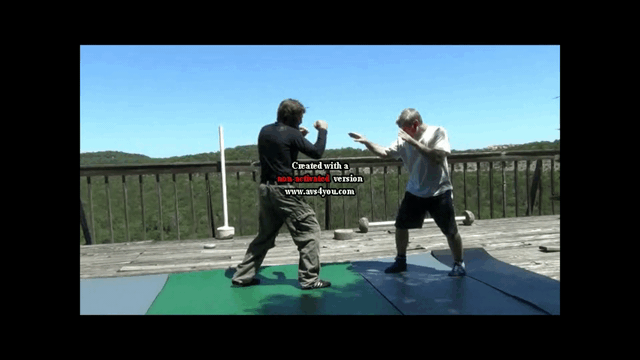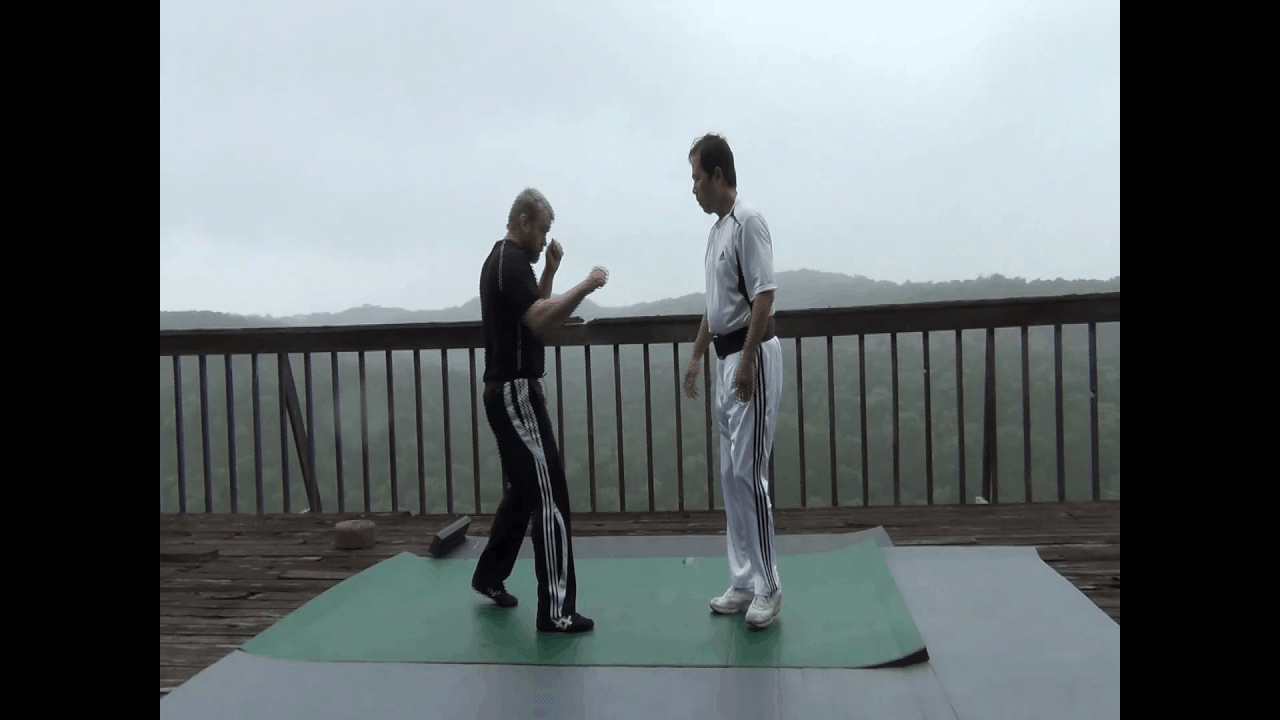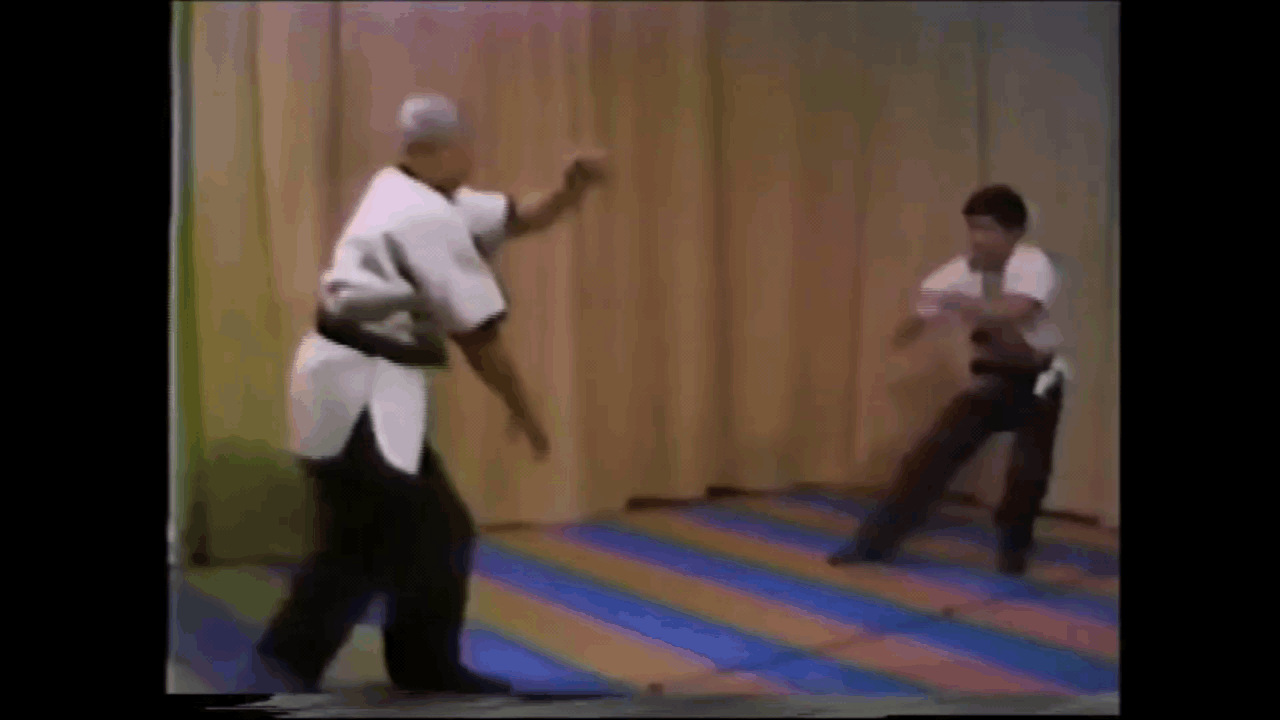windwalker099
Master Black Belt
Yes, it's more difficult to train "not moving" even though it sounds easier. First, one can practice rooting by using something like karate's sanchin kata which strengthens the core structure as one will need a strong base the way the hub of a wheel supports the spokes.
Since we are not stepping to evade the attack, it must be deflected. Techniques that "ward off" must be used as you highlighted in your #1. But I don't see why your #2,3,4 or 5 can't be employed as well. If your base is strong, can't these be done effectively while the feet are stationary without stepping? Again, sanchin trains how to do this, in part.
The way we deal with this is not so much by "rooting" or "deflecting," although in some cases these methods are used...
The Chinese word used to mean "dissolve force" is "化劲" (huà jìn). This term refers to the skill of neutralizing.
In Taiji, the focus is more on what is called "化意" (huà yì). The word can be broken down into two parts: "化" (huà), which means to transform, dissolve, or neutralize, and "意" (yì), which means intent or intention. Together, "化意" refers to the concept of transforming or neutralizing an opponent's intent.
n Taiji practice, this concept is essential as it involves recognizing and responding to an opponent's intention before it manifests into physical movement. By understanding and neutralizing the opponent's intent, a Taiji practitioner can prevent an attack from fully developing and maintain control of the interaction.
This requires a high level of sensitivity and awareness, allowing the practitioner to effectively diffuse the opponent's energy and redirect it harmlessly.
Using this, very little to no stepping is necessary, although it might take a while before it's developed enough for use outside of training and development.
Last edited:




